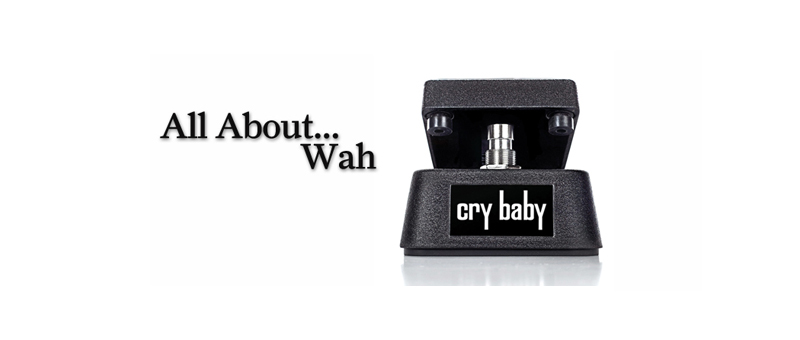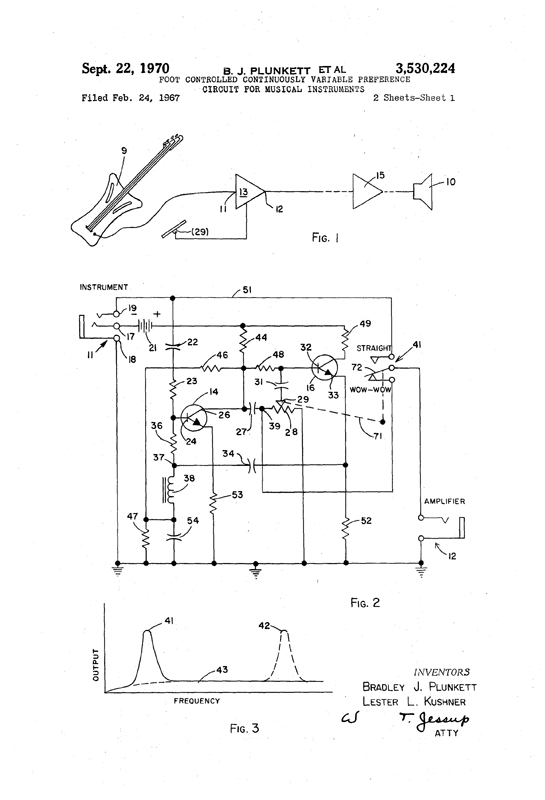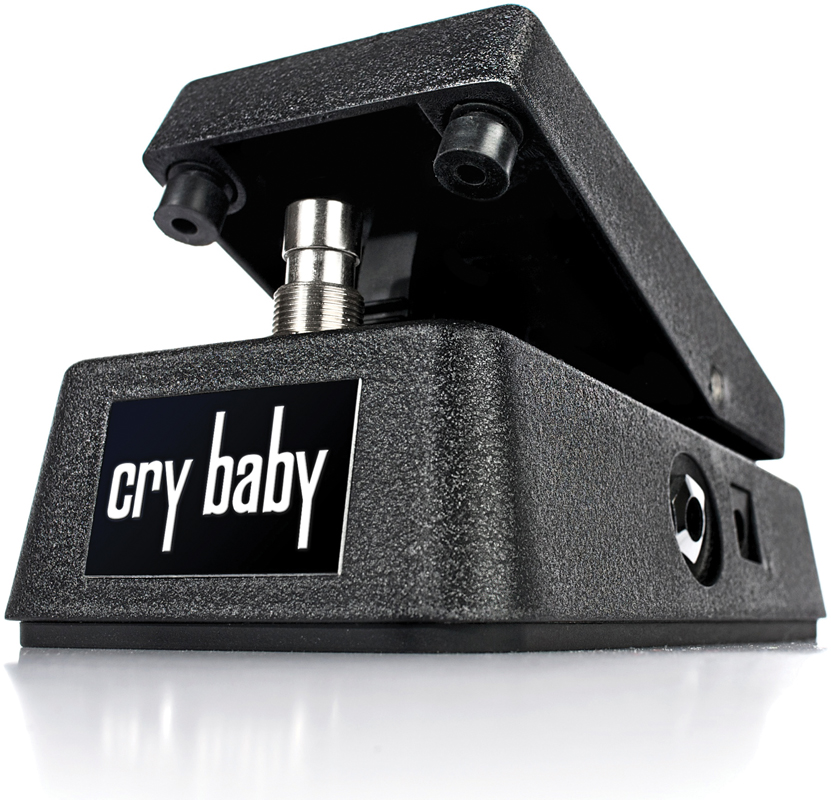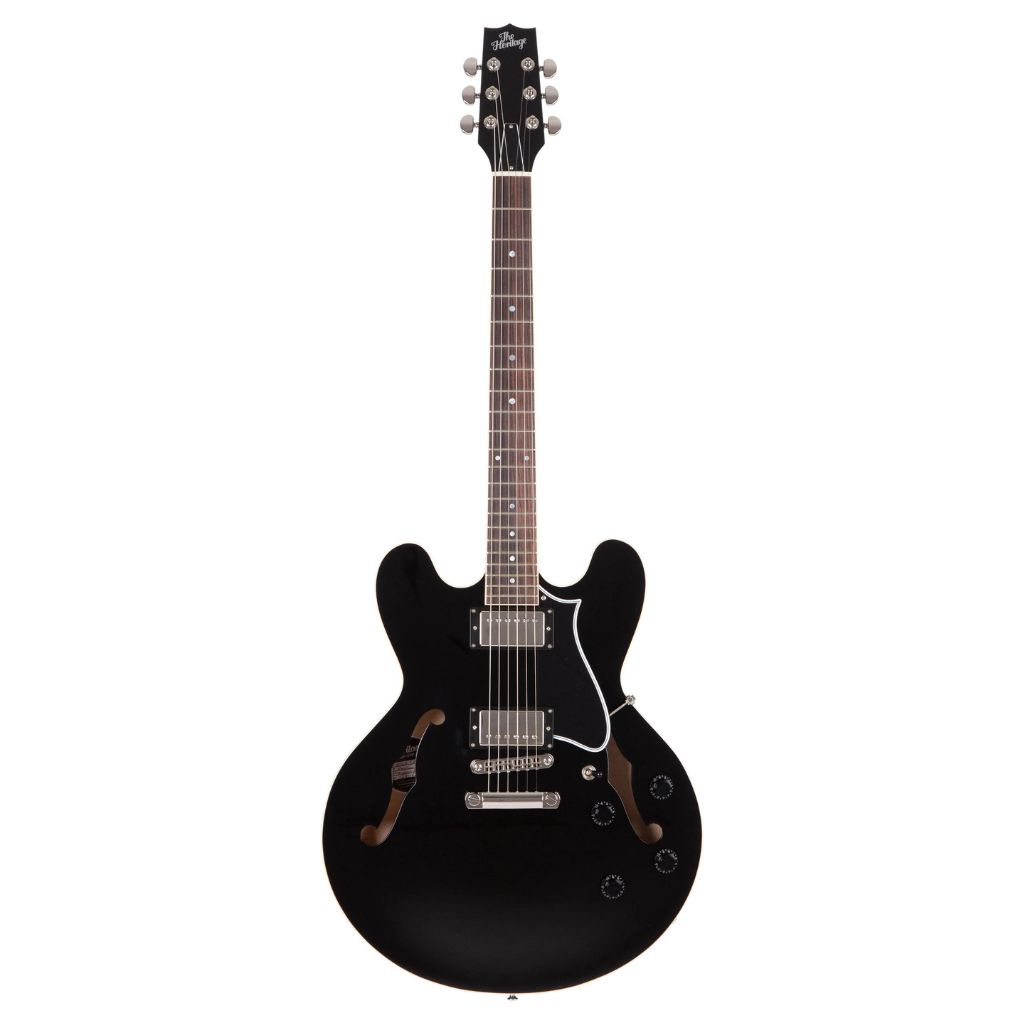All About… Wah
Wah pedals helped shape the sound of psychedelia, defined the cop show soundtrack and formed the foundation of funk.

Featured in this article
There are various accounts of the wah’s invention, but nobody disputes that Thomas Organ engineer Brad Plunkett worked on the circuit in 1966. Back then, Thomas Organ distributed Vox products in the US, and Plunkett adapted a midrange boost circuit from a Dick Denney-designed Vox Super Beatle amplifier.
He replaced the three-way switch with a potentiometer to reduce manufacturing costs, and employed an Armstrong oscillator on the advice of colleague Les Kushner. Session guitarist and Vox endorsee Del Casher liked what he heard when turning the frequency select knob and figured it could sound good with electric guitars.
Casher claims he suggested using a Vox organ volume pedal instead of a control knob so guitarists could use the effect whilst playing. After a day of swapping components, Plunkett and Casher ended up with the basic design for the wah.

According to Casher, that’s when Vox/Thomas Organ CEO Joe Benaron dropped in for a listen. Drawing on his business experience in the mattress industry, Benaron decided the wah pedal was unsuitable for guitar. However, he was convinced he could sell millions of wahs to electric trumpeters.
Trumpeter Clyde McCoy was subsequently offered $500 to endorse a wah pedal he had never used, and the earliest US-manufactured Vox wah carried McCoy’s likeness on the baseplate. Later McCoy ‘signature’ wahs had just an inscription, and both are highly sought after – albeit not by trumpet players.
Thanks to Hendrix, Clapton et al, the wah quickly became the accessory no self-respecting psychedelic guitarist could be without. As for early proponents, give yourself a treat and check out Earl Hooker’s Wah Wah Blues – Hendrix probably did.
The Vox V846 appeared in 1967, followed by the first Cry Baby in 1968, and soon the Thomas Organ and Vox wahs were being made by EME in Italy. Brad Plunkett and Les Kushner’s names appear on a patent application filed on 24 February 1967, but the patent wasn’t granted until 22 September 1970. By that time, copies were being made.
During 1969, Jen Elettronica took over production of the Cry Baby. These wahs are also collectable, and the various types of inductor used during manufacture are crucial to the allure of vintage wah pedals.
The circuit
The wah pedal is, first and foremost, a band-pass filter that rolls off the treble and the bass and creates a resonance peak at the low-pass filter frequency point. The result is a boost that’s targeted at a very narrow frequency band. If you want to know what this ‘stuck wah’ sounds like, check out some of Mick Ronson’s early recordings with David Bowie.

Moving the pedal sweeps the resonance peak up and down the frequency range and makes your guitar go ‘wah’. It’s not unlike a parametric equaliser boost with a narrow ‘Q’ setting, but most equalisers of that era switched between multiple inductors and capacitors to target various frequency points. The clever thing about the wah circuit is the way it moves the low-pass frequency point using a fixed inductor and a single capacitor.
A potentiometer, transistor and fixed capacitor combine to trick the inductor into ‘thinking’ it’s connected to a variable capacitor. The pedal adjusts the amount of current flowing through the capacitor, which makes the value of the capacitor appear greater than it really is, so the position of the resonance peak is determined by the amount of current passing through the capacitor.
Inductor types
Various types of inductor have been used, and although none of the inductors were expensive or esoteric items, some have acquired legendary status.
The earliest inductor, and the one that was used in the Clyde models and the earliest V846s, is called the ‘halo’. A metal-cased halo inductor – aka the ‘trash can’ – was used in the earliest Italian-made wahs, but Jen wahs had red Fasel inductors. All three are highly regarded, just like the brown epoxy-covered ‘stack of dimes’ inductor, but the least popular of the vintage types is the cube-shaped TDK.

Copies of many of the vintage inductors are now being made, and upgrading wah inductors is a simple and popular DIY pedal tweak. You can get red and yellow Fasels from Dunlop, and halo types from Small Bear Electronics, Arteffect, Mojo Tone and others. Banzai Music sells halo and stack of dimes repros.
There are plenty of opinions on how each inductor sounds, and there are several other components that impact the tone of a wah pedal, too. Simply soldering in a replacement inductor is not a guarantee of tonal nirvana.
Key components
It helps if you can identify the various components and understand how they influence the wah response. After-market potentiometers can change the feel of the wah, and you can sweeten the characteristics of modern pedals by installing lower-gain transistors.

Resistors that have drifted in value can effect Q width, frequency response and signal level. Replacing out-of-spec resistors with ones that test well will restore the ‘vintage’ sound. Alternatively, you can use different values to ‘tune’ the wah to your taste.
Buffer issues
Vintage wah pedals were never true bypass, and the load they put on guitars sucks treble – even when they’re off. Wahs made from the mid-90s onwards have input buffers to cure this, and those wanting vintage specs often remove the input buffer.
Wah plus fuzz is regarded as being a classic combination, but the impedance mismatch when Fuzz Face and Tone Bender-type fuzzes are used results in a reduced wah effect and a squawking oscillation that sweeps with the wah pedal.
None of the various solutions are perfect. Much of the magic of vintage fuzz pedals comes from touch dynamics and their ability to clean up from the guitar volume control. Placing a buffered pedal between the wah and the fuzz, or installing a buffer stage inside the wah, may solve the squawking, but some of the fuzz’s best qualities will be lost.
Modern wahs
Wah customising dates back to the beginning, when Hendrix retained Roger Mayer as his personal tweaker. Although most wahs are still based on the old Clyde circuit, modern pedal builders understand how to alter the voicing to create specific wah tones and responses.

These days, it’s not uncommon to find Q controls and frequency range switches on the side of the casing; so you can go for bassy or trebly wah tones and emphasise the ‘vocal’ quality by narrowing the Q. You can even switch between inductors.
Some pedals feature switchable output buffers and LED indicators, and true bypass is commonplace. Since potentiometers and switches wear out, some manufacturers have dispensed with them altogether. However, one thing has never changed – they all go WAH!
Read our picks of the best wah pedals here.

